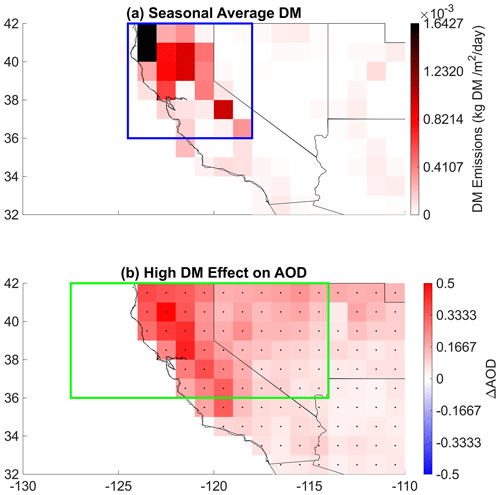2024-06-17 ミュンヘン大学(LMU)
<関連情報>
- https://www.lmu.de/en/newsroom/news-overview/news/watching-energy-materials-as-they-form.html
- https://www.nature.com/articles/s41586-024-07483-0
共有結合有機骨格形成の初期段階をオペランドで撮影 Early stages of covalent organic framework formation imaged in operando
Christoph G. Gruber,Laura Frey,Roman Guntermann,Dana D. Medina & Emiliano Cortés
Nature Published:05 June 2024
DOI:https://doi.org/10.1038/s41586-024-07483-0

Abstract
Covalent organic frameworks (COFs) are a functional material class able to harness, convert and store energy. However, after almost 20 years of research, there are no coherent prediction rules for their synthesis conditions. This is partly because of an incomplete picture of nucleation and growth at the early stages of formation. Here we use the optical technique interferometric scattering microscopy (iSCAT)1,2,3 for in operando studies of COF polymerization and framework formation. We observe liquid–liquid phase separation, pointing to the existence of structured solvents in the form of surfactant-free (micro)emulsions in conventional COF synthesis. Our findings show that the role of solvents extends beyond solubility to being kinetic modulators by compartmentation of reactants and catalyst. Taking advantage of these observations, we develop a synthesis protocol for COFs using room temperature instead of elevated temperatures. This work connects framework synthesis with liquid phase diagrams and thereby enables an active design of the reaction environment, emphasizing that visualization of chemical reactions by means of light-scattering-based techniques can be a powerful approach for advancing rational materials synthesis.



